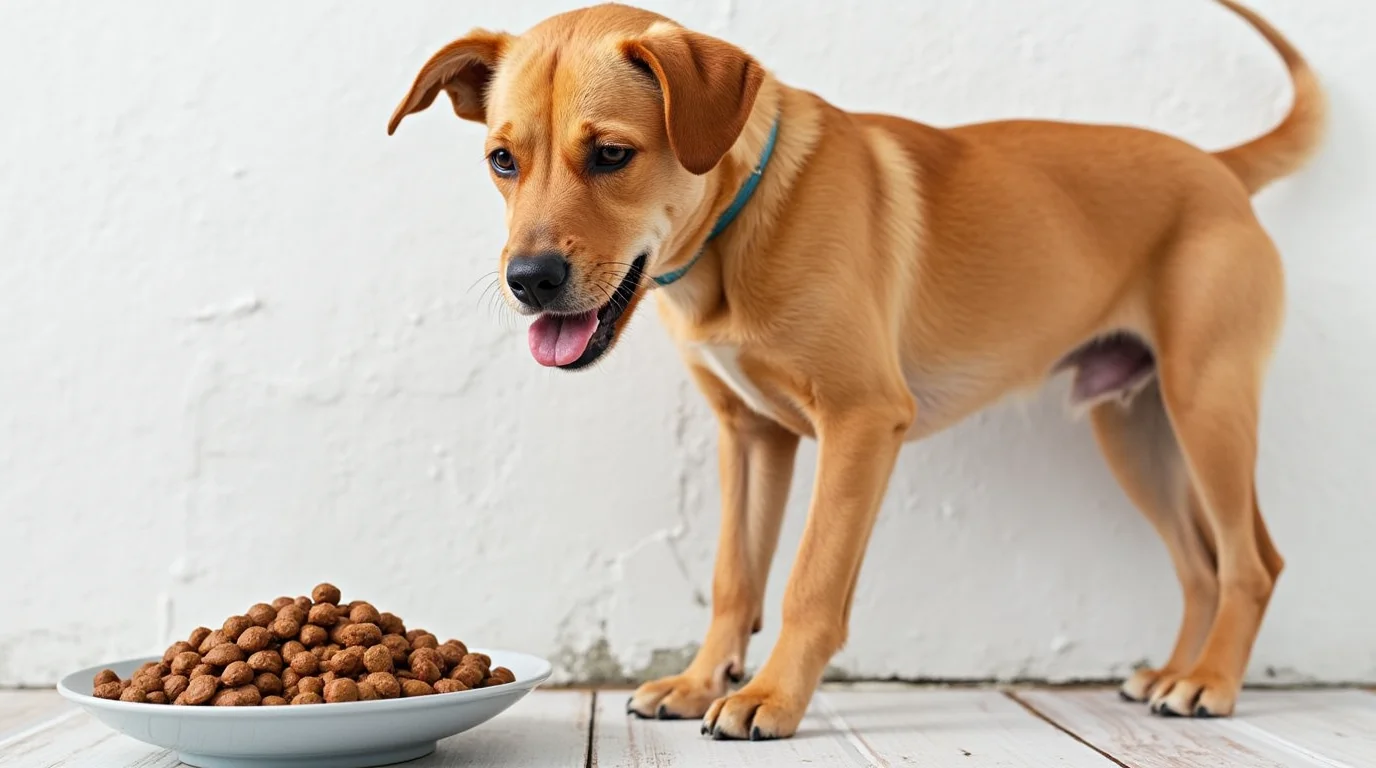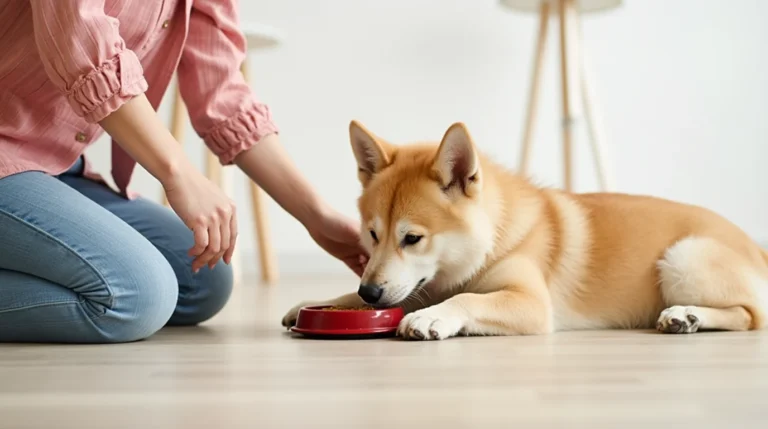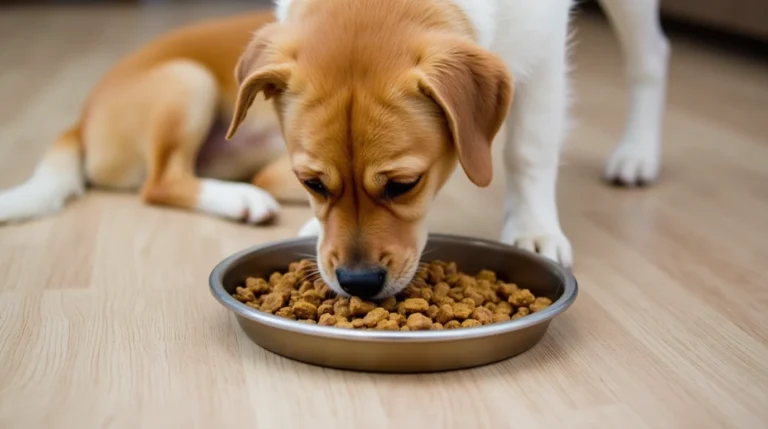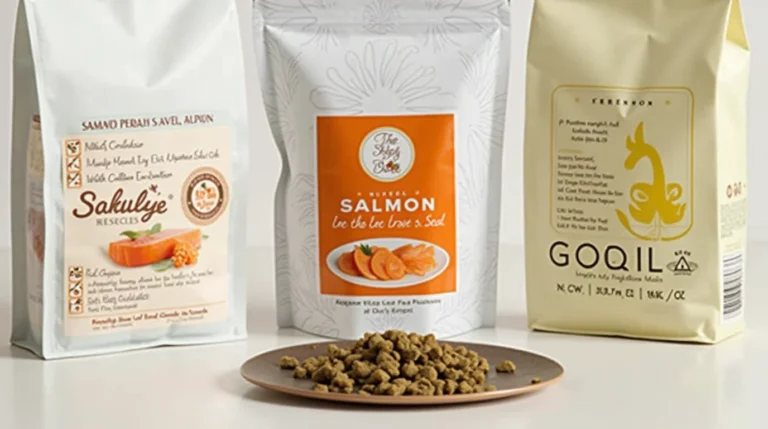Table of Contents
Feeding your dog the right amount of canned food is crucial for their health and well-being. Many pet owners struggle to determine the right portion size, leading to overfeeding or underfeeding. In this article, we will look at what affects how much canned food to feed a dog. We will also discuss the benefits and drawbacks of canned food, along with expert advice.
Understanding Your Dog’s Dietary Needs
Every dog is unique, and their food intake depends on several factors. Age, weight, breed, activity level, and overall health all play a role in determining how much canned food your dog needs daily.
1. Age and Life Stage
- Puppies: Require more calories and nutrients to support growth. They often need multiple small meals a day.
- Adult Dogs: Need a balanced diet based on their activity level.
- Senior Dogs: May require fewer calories and special diets because of aging-related health conditions.
2. Weight and Body Condition
- Overweight dogs need controlled portions to prevent obesity-related health issues.
- Underweight dogs may require extra calories to reach a healthy weight.
3. Activity Level
- Highly active dogs, such as working breeds, require more calories.
- Less active or indoor dogs need fewer calories to maintain a healthy weight.
How Much Canned Food to Feed a Dog?
Most canned dog food brands provide feeding guidelines on the packaging, but these are general recommendations. A standard guideline is:
| Dog’s Weight | Canned Food Per Day (General Estimate) |
|---|---|
| 5 lbs | ½ to ¾ can (5.5 oz) |
| 10 lbs | ¾ to 1 can (5.5 oz) |
| 20 lbs | 1½ to 2 cans (5.5 oz each) |
| 50 lbs | 3 to 4 cans (5.5 oz each) |
| 100 lbs | 6 to 8 cans (5.5 oz each) |
Important Notes:
- Adjust portions based on your dog’s individual metabolism and lifestyle.
- If mixing canned and dry food, reduce the portion size of each accordingly.
- Always consult your vet for personalized feeding recommendations.
Pros and Cons of Feeding Canned Food to Dogs
Pros
✅ High Moisture Content – Keeps dogs hydrated, making it great for dogs that don’t drink enough water.
✅ More Palatable – Many dogs prefer the taste and texture of canned food over dry kibble.
✅ Easier to Chew – Ideal for senior dogs or dogs with dental issues.
✅ Fewer Fillers and Carbohydrates – Typically contains higher-quality ingredients and fewer artificial preservatives.
✅ Rich in Protein – Many canned foods have a higher protein content compared to kibble.
Cons
❌ More Expensive – Canned food costs more than dry kibble, especially for larger dogs.
❌ Short Shelf Life Once Opened – Needs to be refrigerated and used within a few days.
❌ Can Contribute to Dental Issues – Lacks the crunchy texture of kibble that helps clean teeth.
❌ Heavier and Bulkier – Takes up more storage space than dry dog food.
❌ Potential for Overfeeding – The palatability makes it easy to overfeed if portions are not measured carefully.
How to Transition Your Dog to Canned Food
If switching from kibble to canned food, make the transition gradually:
- Day 1-2: 75% kibble, 25% canned food.
- Day 3-4: 50% kibble, 50% canned food.
- Day 5-6: 25% kibble, 75% canned food.
- Day 7: 100% canned food.
This gradual change prevents digestive issues like diarrhea or stomach upset.
Frequently Asked Questions
1. Can I mix canned and dry food?
Yes, many pet owners combine both to provide a balanced diet. Just adjust the portion sizes accordingly.
2. How do I store leftover canned dog food?
Store leftovers in the refrigerator and use them within 2-3 days. Cover the can to maintain freshness.
3. Can puppies eat canned food?
Yes, but they need a formula designed specifically for puppies to meet their higher nutritional needs.
4. Is canned food better than dry food?
It depends on your dog’s health, lifestyle, and preferences. Canned food is more hydrating and palatable, while dry food can be more convenient and better for dental health.
5. How can I tell if I am overfeeding my dog?
Signs include rapid weight gain, lethargy, and digestive issues. Consult your vet if unsure.
6. What should I do if my dog refuses to eat canned food?
Try mixing it with dry food or warming it slightly to enhance the aroma. If refusal continues, consult a vet.
Conclusion
Feeding your dog the right amount of canned food is essential for their overall health. Consider their age, weight, activity level, and dietary needs when determining portion sizes.
Canned food has many benefits. However, be aware of possible downsides. Always talk to your vet for feeding advice.
By making informed choices, you can ensure your furry friend stays happy, healthy, and well-nourished.







